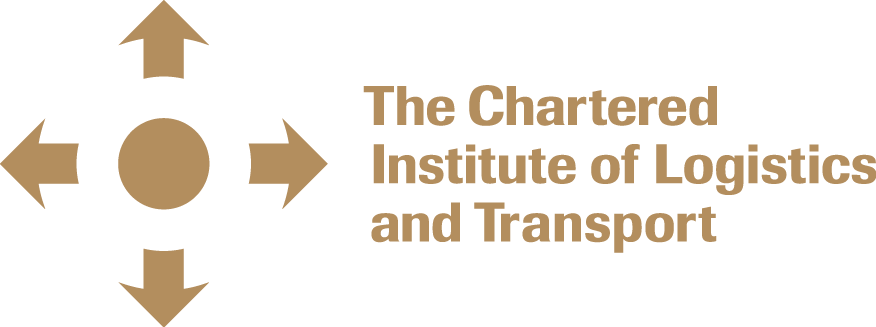Globally, 49.6 million people live in modern slavery.1 In Canada, over $43.0 billion worth of goods that Canadians buy and consume each year may be at risk of being produced by child labour according to World Vision.
Modern slavery is often hidden in plain sight
Modern slavery is work performed involuntarily and / or under the threat of penalty, and is a risk hidden within plain sight in complex supply chains. It includes forced labour, a situation in which a person is coerced to work through use of violence, intimidation, or by more subtle means such as manipulated debt, retention of identity papers and/ or threats of denunciation to immigration.3 Child labour is another form of modern slavery, which includes work that is mentally, physically, socially, or morally dangerous for children, or interferes with their right to education.
As public awareness increases, key stakeholders such as customers, employees and investors are demanding organizations address modern slavery as part of their environmental, social and governance (ESG) commitments.
Over the past decade, various governments have enacted legislation intended to hold businesses accountable for the workers impacted by their operations.
Canada’s response
In-line with international legislation in the U.K., U.S., Germany, Australia and France, Canada is stepping up its response to forced labour and child labour by imposing new reporting obligations to increase corporate supply chain transparency.
Under the Fighting Against Forced Labour and Child Labour in Supply Chains Act, which was passed on May 11, 2023, publicly traded – and certain privately held businesses that import, produce, sell, or distribute goods in Canada or elsewhere, or control an entity that engages in such activity –
must publicly disclose steps taken to address the risk of forced labour and child labour in any stage of their production process.
The law comes into effect on January 1, 2024. Boards will be responsible for signing off on a mandatory public report due May 31 of each year, with the first report due on May 31, 2024. The report will be published on a publicly available registry that can be accessed by investors, employees, competitors, lenders, and other stakeholders.
To read the full article, please visit: https://ciltna.com/wp-content/uploads/2023/07/ESG-Supply-chain_Modern-Slavery_VF-Option-C-GVA.pdf https://lnkd.in/gpAx6AY8
KPMG, 2023

